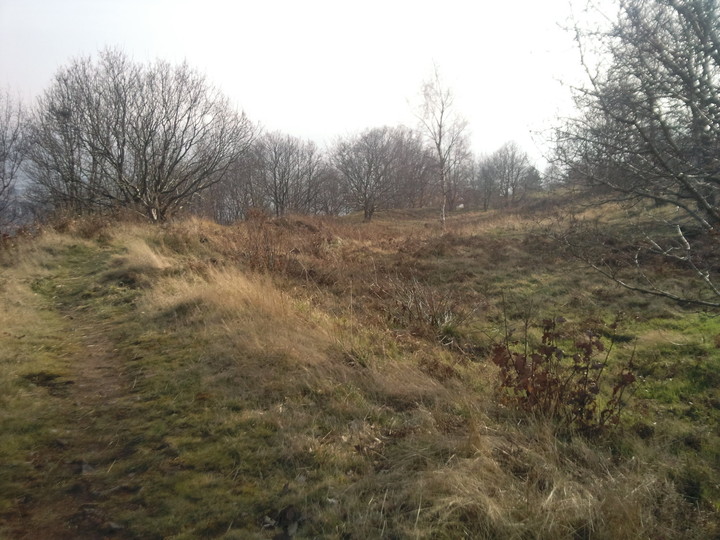
Image Credit: Environment Agency copyright and/or database right 2015.

Image Credit: Environment Agency copyright and/or database right 2015.

Tour De France vehicles and crowd by the public entrance to the fort remains. This was the only pic opportunity to catch the tour by any of our local sites.

The hill fort in it’s wider setting. (The bump in the distance, mid pic)

Section of the rampart taken from the Northern entrance.

Rampart to the left of the Northern entrance.

Rampart to the right of the Northern entrance.

Entrance from the North.
“Brilliant news! We have just been notified that the Planning Inspector has dismissed Investates appeal to build houses on the historic Wincobank Hill. The land will remain green open space and an important part of the setting for the iron age hill fort which is a scheduled ancient monument.
A big ‘thank you’ to all of you who signed the petition, it really did make a difference.”
We appeal to the Planning Inspectorate to safeguard our national heritage by upholding the decision of Sheffield City Council to refuse planning permission to build on the line of an ancient monument known as ‘The Roman Ridge’. Planning Inspectorate Reference: APP/J4423/A/12/2180681/NWF.
This 27km ancient earthwork, not yet fully understood or dated, runs along the side of the Scheduled Iron Age Hill Fort at Wincobank. As a Celtic defensive frontier against both the early Roman invaders and the later Saxons, it has the same historic value as Hadrian‘s Wall and Offa’s Dyke. It is a monument of local and national significance.
I used to live very near to Wincobank Hill and visited the site many times. It is clear that the banks of the hillfort were subjected to intense heat as vitrified stone is very easily found. Must have been some fire! Definately worth a visit. Superb views over Sheffield from here.
Reporter lays the Sheffield “ghost”!
Early to-day I learnt the truth about the Wincobank ghost – there isn’t one! All the “ghost’s” visitations, beginning eight weeks ago with “a white form standing rigid under a gas lamp,” can be accounted for. The “apparitions,” like the figure under the gas-lamp, are now declared to have been really live persons ignorant of the scare they were creating.[...] The “ghost” that disappeared from the top of a banking or ridge on Newman road was undoubtedly a man who had been collecting some white flowers from a garden and had tripped on the banking and fallen backwards. There is not the slightest doubt that a man did fall in this manner at the same place where the “ghost” was seen, and at the same time, and some time later this same man was helped home by a friend. I talked this morning with some of the searchers, who were of the opinion that mysterious “objects” which they had seen were nothing more than the result of white smoke from a smoldering garden fire shimmering against the background of the trees.
[...] But Wincobank is a place with a history, and there are some who will never allow their “ghost” to escape them. If you talk to some of the oldest residents you will hear tales of the old Roman settlement and the ghosts of Roman soldiers which march up and down, and of ghosts of more recent days which are connected with old Wincobank Hall, which is said to have been full of secret passages and panels.
From the Sheffield Independent, 11th August 1937.
When all the world shall be aloft,
Then Hallam-shire shall be God’s croft;
Winkabank and Temple-brough,
Will buy all England through and through.Winkabank is a wood, upon a hill, near Sheffield, where there are some remains of an old camp. Temple-brough stands between the Rother and the Don, about a quarter of a mile from the place where these two rivers meet...
p235 of ‘A Provincial Glossary’ by Francis Grose (1811). Whatever it means.



















































































